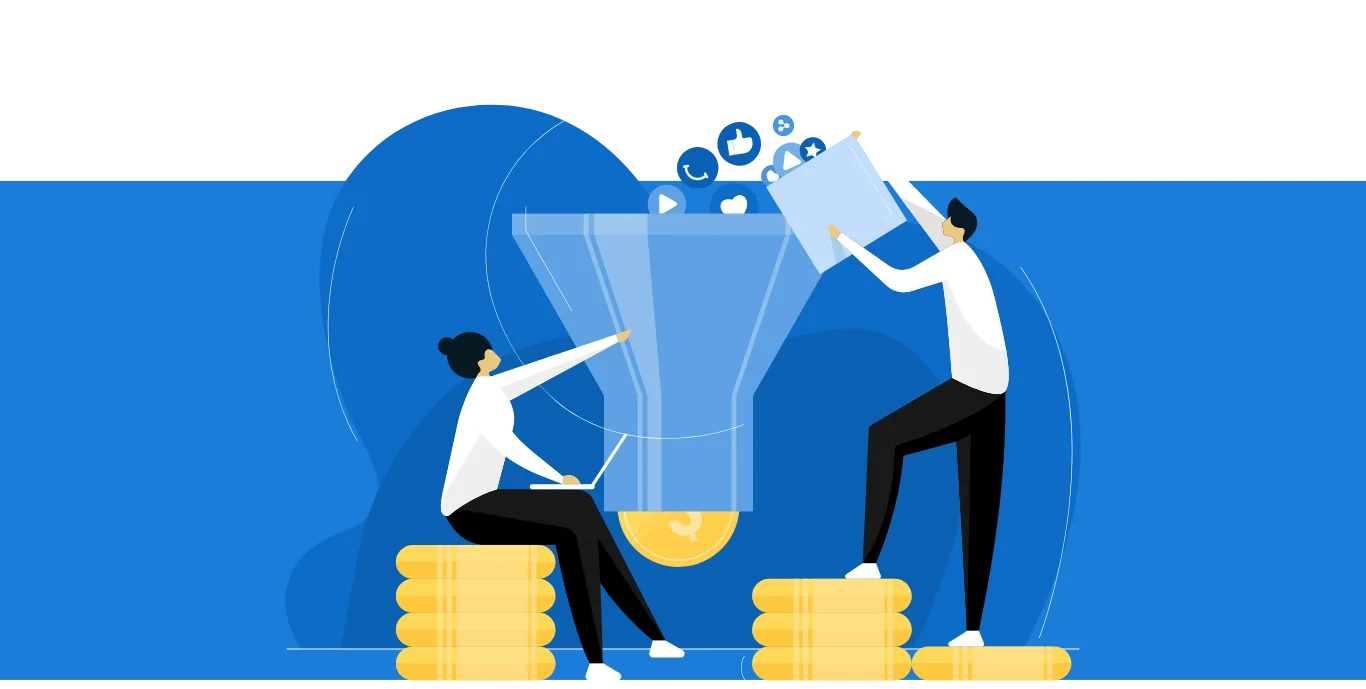Every business wants to reach customers, so they do SEO. Several elements are crucial for increasing search engine rankings. However, most people often misunderstand one thing.
What is it? It’s a Canonical Tag.
Using it ensures that search engines accurately index your website. Most importantly, it helps maintain a strong ranking of your website. But how can you do it? What’s the most effective strategy that you should follow?
In this blog, we will answer all your questions.
What Are SEO Canonical Tags?
SEO canonical tags are basic elements of HTML. With its help, search engines easily distinguish between the same or duplicate content. Here’s the basic canonical tag.
rel=canonical
It’s at the top of pages, thus giving search engines clarity on which page needs to be indexed. Using canonical URLs is a much better strategy than creating duplicate URLs.
Let’s understand it with an example.
You’re shopping for a stylish pair of shoes online. The XYZ store has multiple places for the same style of shoes.
- One for its variety of color
- Some are categorized according to size
If the canonical tag is missing, then SERP will consider each page a separate entity. What will be the result?
It dilutes SEO efforts. No one wants that to happen. By using a canonical tag, you can tell search engines:
“Hey, this is the main product page.”
The chances of an increase in rankings are higher. Furthermore, you don’t have to worry about any penalties for duplicate content.
Canonical tag = Code on header
Canonical URL = URL customers see
Every canonical link element is important. Make it properly so original source gets the SEO credit. It also enhances the user experience.
Types of Canonical Tags
Google examines all the internal and external links. It improves SEO performance while minimizing SEO issues.
There are many types of canonical tags. Here, we will cover the most common and important types so you can get further clarity on this topic. It avoids any potential issues that might lead to the failure of search engine optimization efforts.
| Types | Description | Use Case |
| Self-referencing Canonicals | Points to the same URL to indicate it’s the preferred version. | Every page should have this to avoid duplicates. |
| Cross-domain Canonicals | Used when the same content is published on multiple domains. | To avoid duplicate content across different domains. |
| Absolute Canonicals | Uses the full URL (e.g., https://www.example.com/page). | Preferred for clarity and consistency. |
| Mobile Versions | Used to indicate the main site as the preferred version for mobile content. | Prevents duplicate content between mobile and desktop sites. |
| Relative Canonicals | Uses the path without the domain (e.g., /page). | Easier for internal sites, but can send confusing signals. |
Step-by-step Strategy On How To Use SEO Canonical Tags
It’s time to help you get started with SEO canonical tags strategy. The guide is divided into easier frameworks to follow without issues. Thus leading to optimal SEO performance and a positive impact on your website.
Audit Your Website
The first thing you need to do is a complete website audit. Make a list of all the canonical tags on your website. Then, check for missing or incorrect canonical tags.
But doing it manually can be draining. That’s why you should use powerful tools like Screaming Frog or Ahrefs. Search engine crawlers analyze your website to detect pages with this issue.
If any page doesn’t have a canonical tag, then optimize it accordingly. Pages that are marked as non-indexable but have a canonical tag aren’t good for SEO.
Do you know why?
Because they can confuse search engines.
Add Proper Canonical Tags
Now that you have data on pages that need canonical tags, it’s time to implement. If the website is on WordPress, this procedure is easy. You can use plugins like Yoast SEO without HTML, Java, or coding knowledge.
- Sign in to your website.
- Go to the page you want to canonicalize.
- Navigate Yoast SEO settings. Tap on the Advanced tab.
- Here, you’ll get an option to add the canonical URL.
- Paste the URL and click on Save.
Congratulations. Your canonical tag will be applied now.
Don’t Add Canonical Tags Everywhere
You shouldn’t add a canonical tag on every page of your website. It’s for pages with duplicate and similar content only. You don’t need a canonical tag if a page has unique and non-duplicate content.
In some cases, the search engine ignores the tag if the content is different from the canonical URL you’re pointing to.
Pointing Back to the Main Page Isn’t Always Good
Paginated pages are pages that are created by dividing content into separate pages. The purpose is to improve readability and navigation. These pages require special handling. Avoid arguing canonical tags on paginated pages that point back to the original article.
Then what should you do?
Use self-referencing canonical tags on every paginated page. So, the search engine understands that this page is unique but still relevant to the series. Here’s how you should do it.
- Page 1: canonical tag points to page 1.
- Page 2: canonical tag points to page 2.
- Page 3: canonical tag points to page 3.
Check Multiple rel=canonical Tags
Are multiple rel=canonical tags on the same page suitable for your website?
Not at all.
It gives mixed signals to search engines, so the canonicalization process nullifies it. One canonical tag on each page is enough.
If any page has multiple tags, correct them immediately. Thus ensuring one tag points to the preferred URL.
Follow the Accurate Structure of Placement
Most people make mistakes when placing canonical tags. Remember it is placed in the <head> section of the HTML of your webpage.
But what if you place it on the footer or outside this section?
Then, search engines will ignore it.
However, there’s one crucial point. You can add a canonical tag in the HTTP header for webpages like PDFs or downloadable files. However, ensure it follows the correct syntax order.
Use Hreflang Tags For Multilingual Sites
Is your website content available in multiple languages?
Then, use both hreflang and canonical tags.
Hreflang guides the search engine to show the user the correct language version. Meanwhile, the canonical tag tells which page is most authoritative. If content in different languages is similar, some issues may arise.
In the content management system, there could be alternate versions of tags. So, handle URL parameters properly and use the most appropriate canonical version of the page.
5 Expert Tips You Should Know
Now that you know about strategy, here are some expert tips. Knowing the common method isn’t enough. You need tips that will reduce the time it takes to accomplish success.
- Use Absolute URLs: Always use absolute URLs in canonical tags. They include the full website address. Thus preventing confusion across different pages or sites.
- Use Lowercase URLs: Stick to lowercase in canonical tags. It avoids duplicate URLs and improves SEO consistency.
- Specify Trailing Slashes: Keep the trailing slash consistent (or omit it) across your site.
- Monitor Changes to Content: If you change or add new content to a page, remember to review and update its canonical tag as necessary.
- Leverage SEO Tools: Use tools like Google Search Console, Screaming Frog, and Yoast SEO to monitor and manage canonicalization effectively.
To Sum Up
Canonical tags are often ignored, but they are important. Because you directly tell search engines about your preferred version of a page.
Use SEO tools to pinpoint which pages are canonical tags because guesswork will no longer make your website outshine the competitors. However, doing it alone can be difficult. It’s an undeniably long process that needs expertise. That’s why we are here to assist you. Our team of experts has helped several clients rank their websites. So, if you want to get help from experts and stand out in the crowd, connect with us today.




